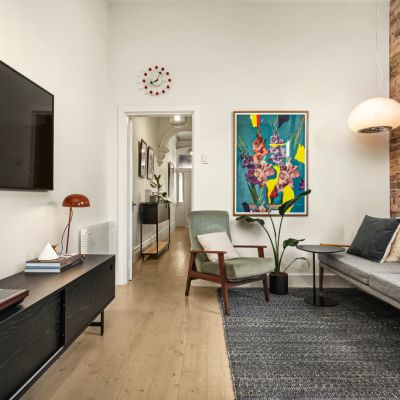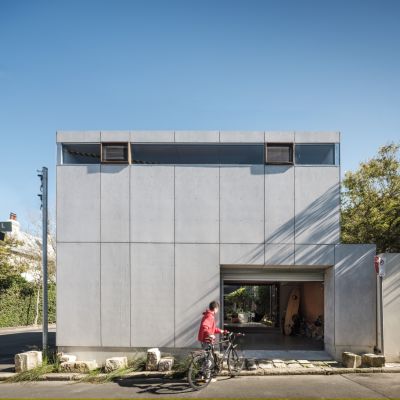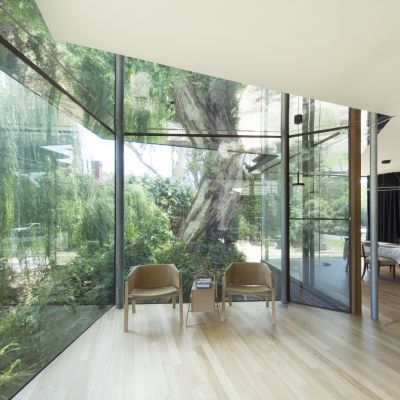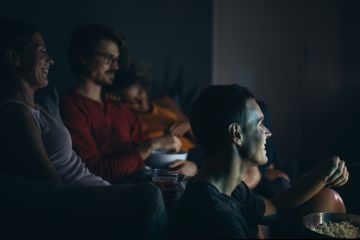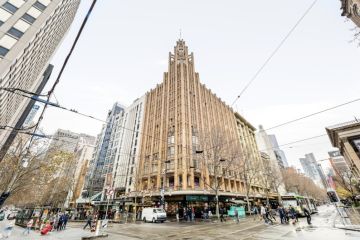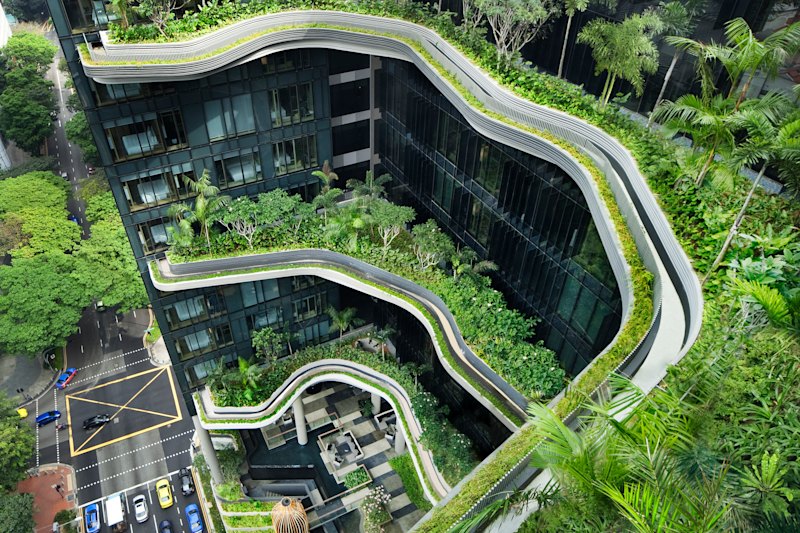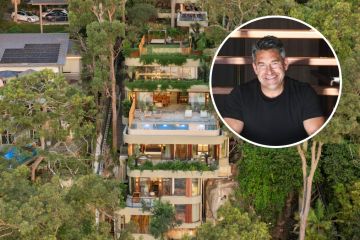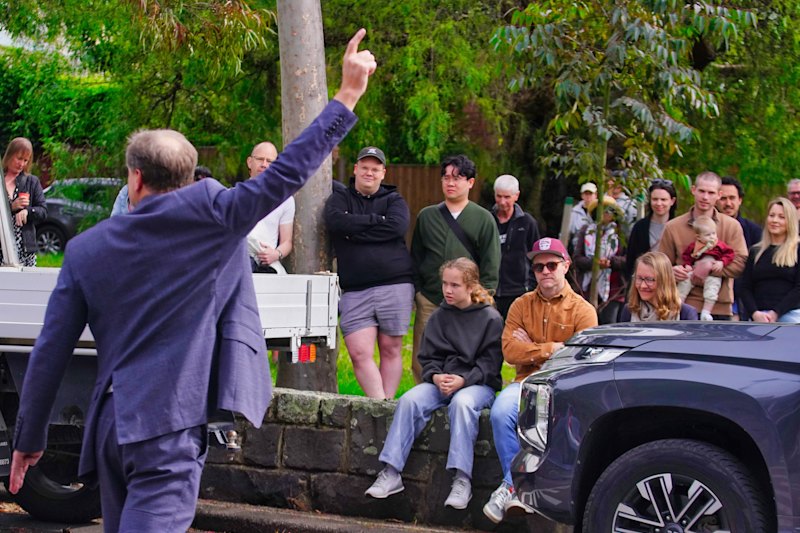Award-winning bridge over river gives new 'twist' to art gallery design
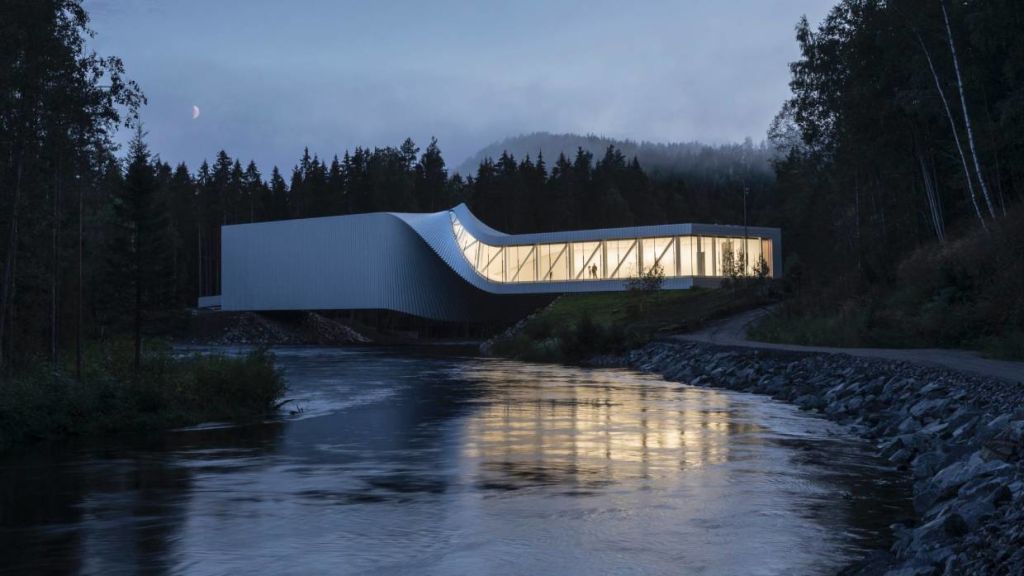
A “twisted” Norwegian art gallery that bridges a river has taken out three major global architecture awards.
The Twist in the Kristefos Sculpture Park, Jevnaker, by the global firm BIG-Bjark Ingels Group, has won two Architizer A+ Awards, being both the Jury and Popular Choice winner. The project has also won the 2020 LCD Berlin Leading Culture Destinations of the Year Award.
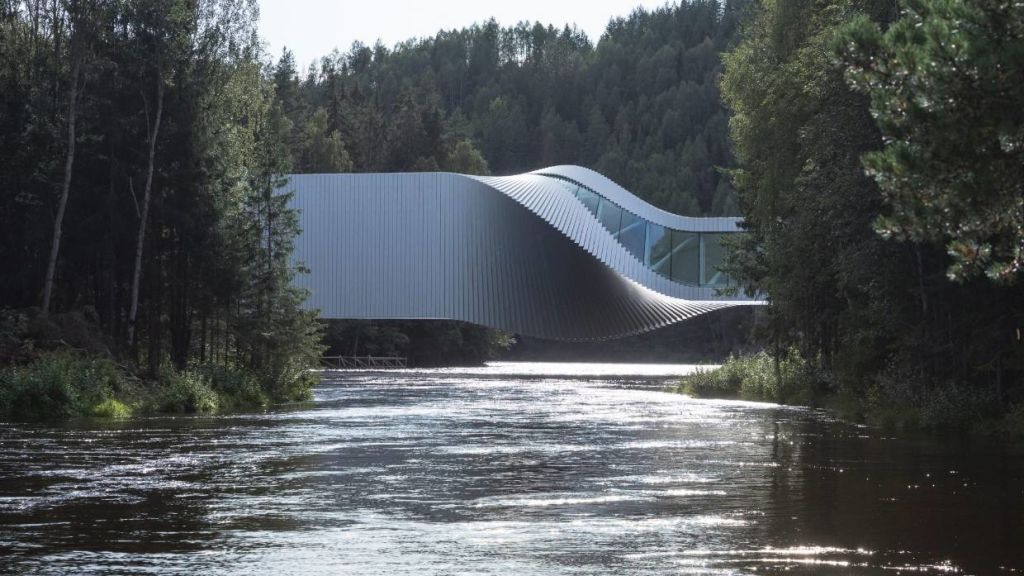
In bridging the river to connect two forested riverbanks, the 1000 square-metre gallery has itself become a sculpture – one that completes the cultural route through northern Europe’s largest sculptural park.
The architects say the Twist was built around a historical pulp mill, and conceived as a beam warped 90 degrees near the middle to create a sculptural form as it spans the Randselva River.
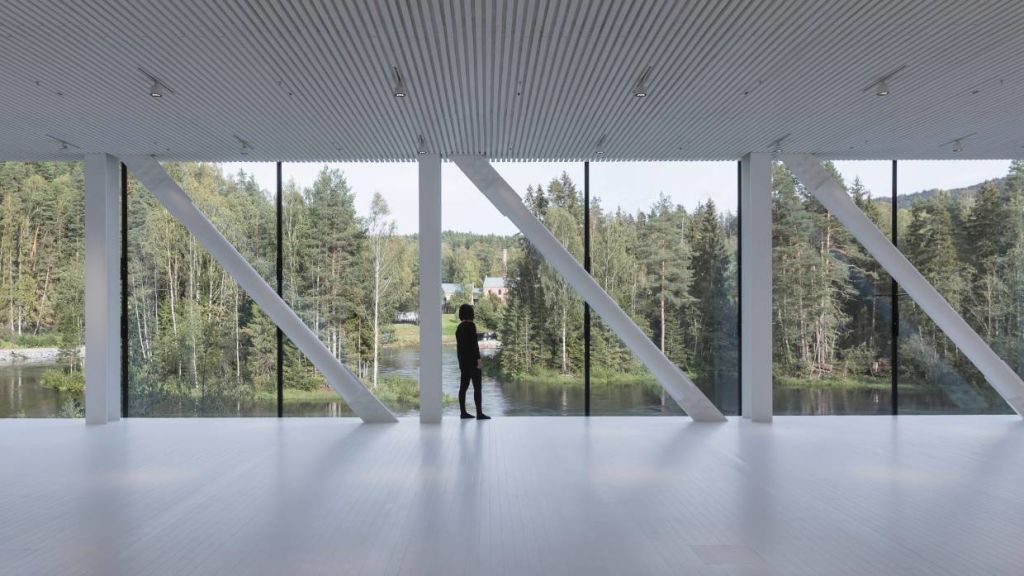
Visitors roaming the park’s site-specific works by international artists such as Anish Kapoor, Olafur Eliasson, Lynda Benglis, Yayoi Kusama, Jeppe Hein and Fernando Botero, among others, cross The Twist to complete the art tour.
“As a second bridge and natural extension to the park, the new museum transforms the visitor experience while doubling Kistefos’ indoor exhibition space.”
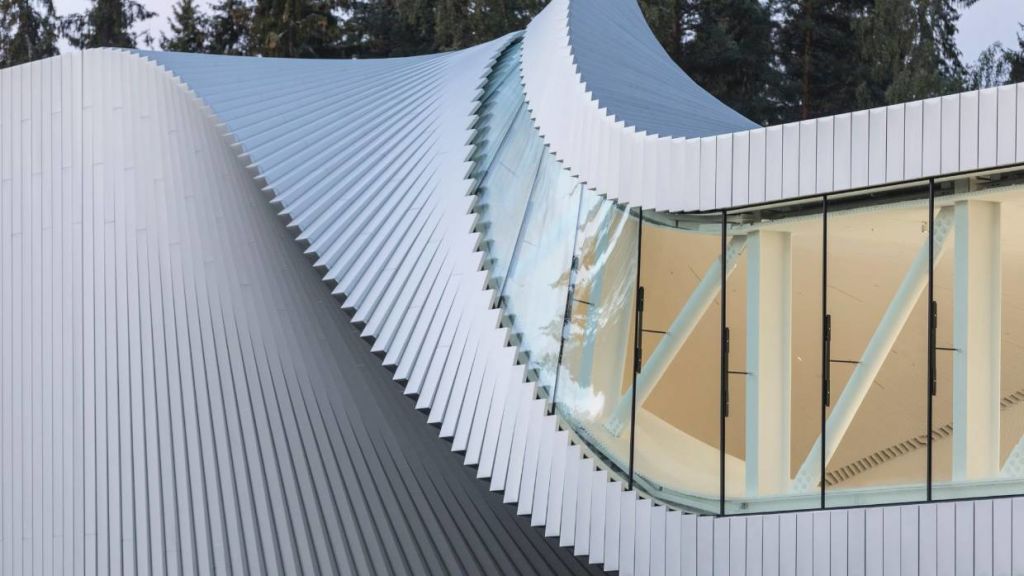
A simple twist in the building’s volume allows the bridge to lift from the lower, forested riverbank in the south, up to the hillside area in the north. As a continuous path in the landscape, both sides of the building serve as the main entrance.
From the south entry, visitors cross a 16m aluminum-clad steel bridge to reach the double-height space with a clear view to the north end, similarly linked with a 9m pedestrian bridge.
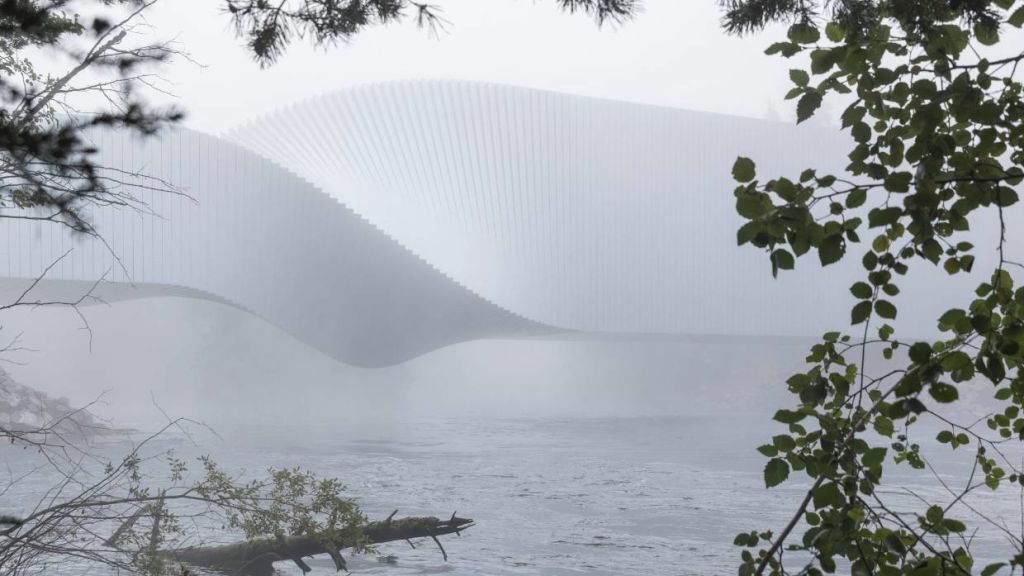
The double-curve geometry of the museum is comprised of straight 40cm-wide aluminium panels arranged like a stack of books, shifted ever so slightly in a fanning motion. The same principle is used inside with white painted 8cm-wide fir slats that clad the floor, wall and ceiling as one uniform backdrop for Kistefos’ short-term Norwegian and international exhibitions.
Like a camera shutter
“From either direction, visitors experience the twisted gallery as though walking through a camera shutter.”
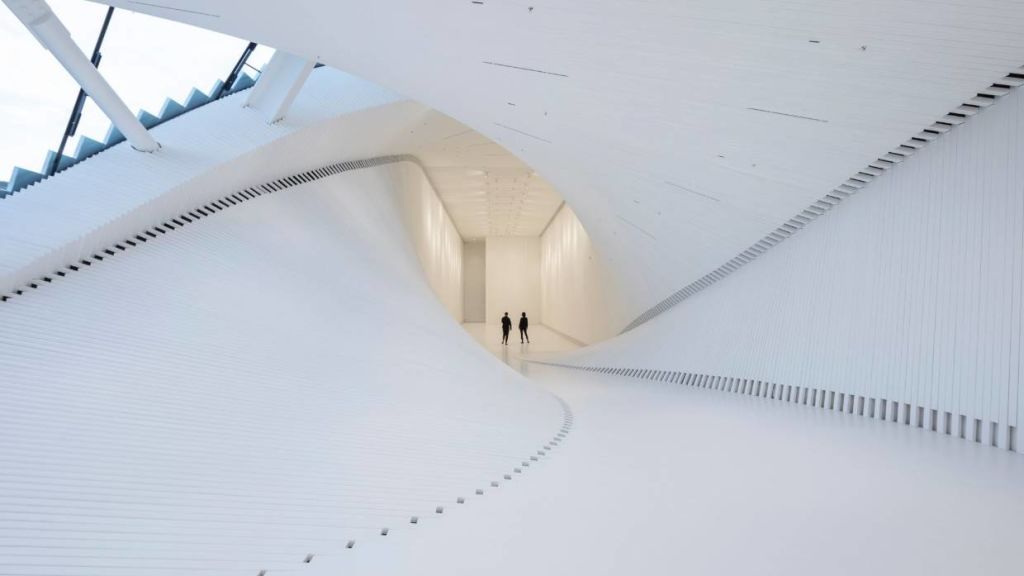
At the north end, a full-height glass wall offering panoramic views to the pulp mill and river. The glass tapers while curving upwards to create a 25cm-wide strip of skylight.
“Due to the curved form of the glass windows, the variety of daylight entering the museum creates three distinctive galleries: a wide, naturally lit gallery with panoramic views on the north side; a tall, dark gallery with artificial lighting on the south side; and, in between, a sculptural space with a twisted sliver of roof light.”
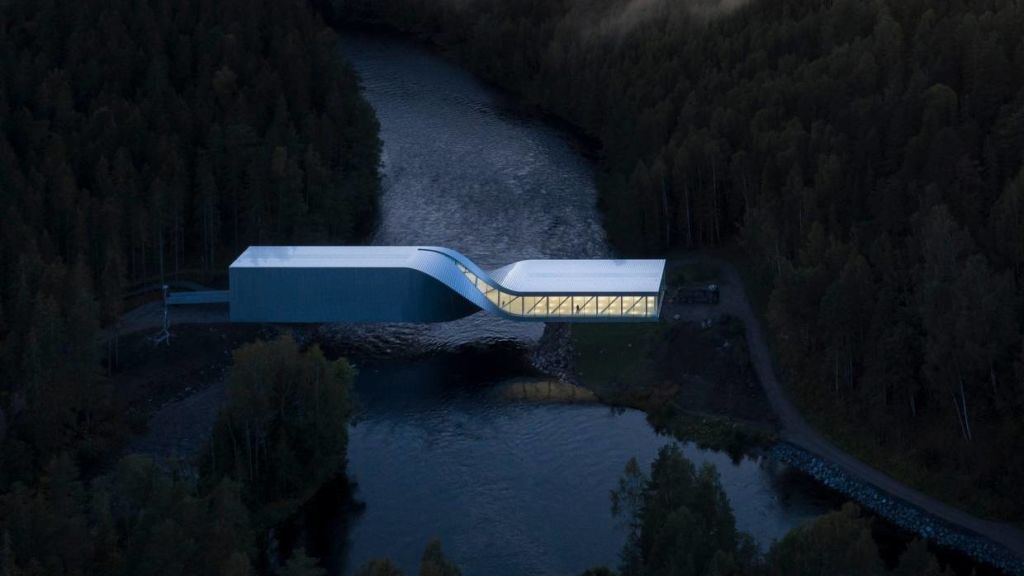
The architects say the ability to compartmentalise, divide or merge the gallery spaces create flexibility for Kistefos’ artistic programming.
A glass stairway leads down to the museum’s lower level on the north river embankment, where the building’s aluminium underside becomes the ceiling for the basement and restroom area. Another full-width glass wall brings visitors even closer to the river below, enhancing the overall immersive experience of being in the idyllic woodlands outside of Oslo.
- Partners-in-Charge: Bjarke Ingels, David Zahle
Project Leader: Eva Seo-Andersen
Project Architect: Mikkel Marcker Stubgaard
This story originally appeared on stuff.co.nz
We recommend
We thought you might like
States
Capital Cities
Capital Cities - Rentals
Popular Areas
Allhomes
More
